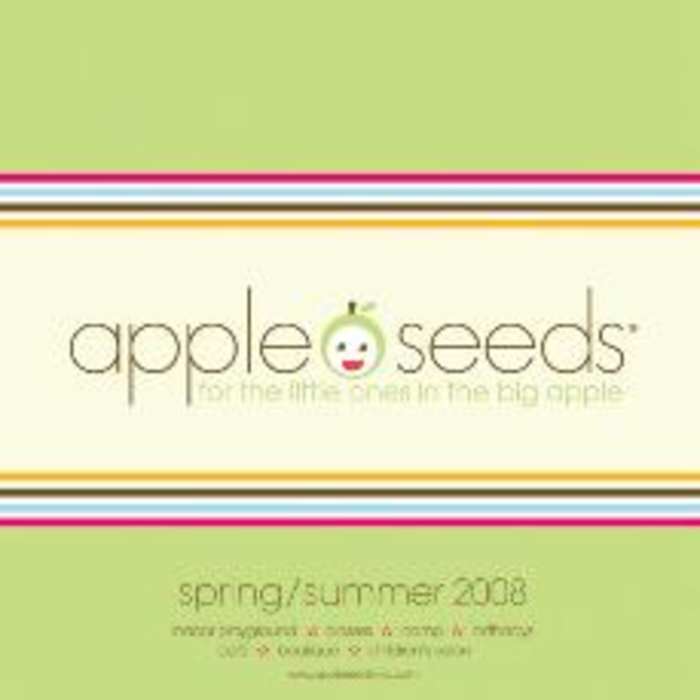Not only does the birth of a baby trigger a flurry of new purchases of everything from disposable diapers and toys to cars and houses, but many parents are also eager to learn about child-rearing and they actively seek out the messages marketers are looking to deliver.
There are between 4 and 4.5 million births in the US every year, and those parents are often prime targets, says Chris Hulse, president of Stamford, CT-based Madison Direct Marketing. “Between 75% and 85% of all people having kids can be identified by name and address,” he says.
New parents also tend to subscribe to parenting publications and opt in on Web sites in large numbers, which means there are plenty of outside lists to acquire. However, Hulse stresses that “marketers have to be careful to screen those lists. “Make sure that [the prospects] look and act like new parents, when you compare them to a national file,” he suggests.
That is partly why brands targeting parents should focus most of their efforts on their internal lists, says Tricia Robinson-Pridemore, StrongMail’s VP of market and product strategy.
“Your house file is always going to [perform better than] any other list you acquire, because you have an expressed opt-in from people who want to hear more about your products,” says Robinson-Pridemore, who helps clients such as eToys manage its e-mail campaigns.
Because parents tend to actively seek out information, the conventional wisdom is that online channels are currently the best way to reach them. But Allison Schlanger, co-founder of New York City-based Apple Seeds says her company has great success by combining offline and online tools. Apple Seeds offers parents of children up to age five services such as classes, an indoor playground and a hair salon. The company, she says, leverages both opt-in and acquired lists.
Schlanger recommends not focusing your messages on one parent or the other. “We aim our messages at the family as a whole and we look at various moments in their lives, such as school closings or holidays as opportunities to market to them,” she explains.
Dan Hoeller, assistant brand director for Johnson’s Baby Lotion, stresses that your messages have to both reassure and educate with very little hard-sell. Johnson recently launched a series of quirky videos on a microsite offering common sense advice for new parents. “Our goal is to position Johnson as a partner in raising the child,” he says. “We’re constantly looking at new, relevant ways to communicate with moms.”
Of course, not every parent has the income to go on a baby-inspired purchasing binge, but they still need advice on raising a healthy and happy child. The state of New Mexico currently uses brochures and other printed materials to reach that group.
“Middle-class parents can go to their local Borders and buy six books on child development, but lower income parents can’t do that,” explains Andy Gomm, manager of New Mexico’s Family Infant Toddler program. “But we’ve had great success putting our information in places where there can be interaction with a social worker or doctor and by keeping the grammar and language easy and friendly.”
Regardless of their income level, Hulse stresses that there are some universal truths about parents that need to be built into all messaging.
“Every parent wants their child to be happy, healthy and smart,” he says. “If you can associate your product with those things, it’s going to get their attention.”
Johnson’s Baby Lotion: Video and microsite
Johnson’s Baby Lotion unveiled this video animated short as part of a new campaign focused on the theme of a mother’s touch. The series of shorts, available in both Spanish and English, combines entertainment with information and was promoted with banner ads on Baby Center, a leading parenting Web site. The company has made the shorts available to “mommy bloggers” and also created a branded microsite aimed at positioning Johnson’s as a trusted partner of parents as they care for their baby.
State of New Mexico: Development wheel
Albuquerque, NM-based Cooney, Watson & Associates created this development wheel for a public awareness campaign by New Mexico’s state Family Infant Toddler division to help parents spot if their child is slow in developing and let them know there’s a state program available to help. By combining a colorful format with easy-to-grasp tips and language, the wheel played a major role in doubling the number of residents now enrolled in the program.
Apple Seeds: Direct mail brochure
Apple Seeds used a brochure as a mailer in an ongoing campaign that combines both online and offline channels aimed at New York City parents. By leveraging seasonal opportunities such as school holidays with a narrow geographic target of parents within 30 blocks of its Manhattan location, Apple Seeds’ campaign has not only expanded enrollment in its indoor playground and parents/kids classes but also dramatically driven its hair salon, boutique and birthday party businesses.








